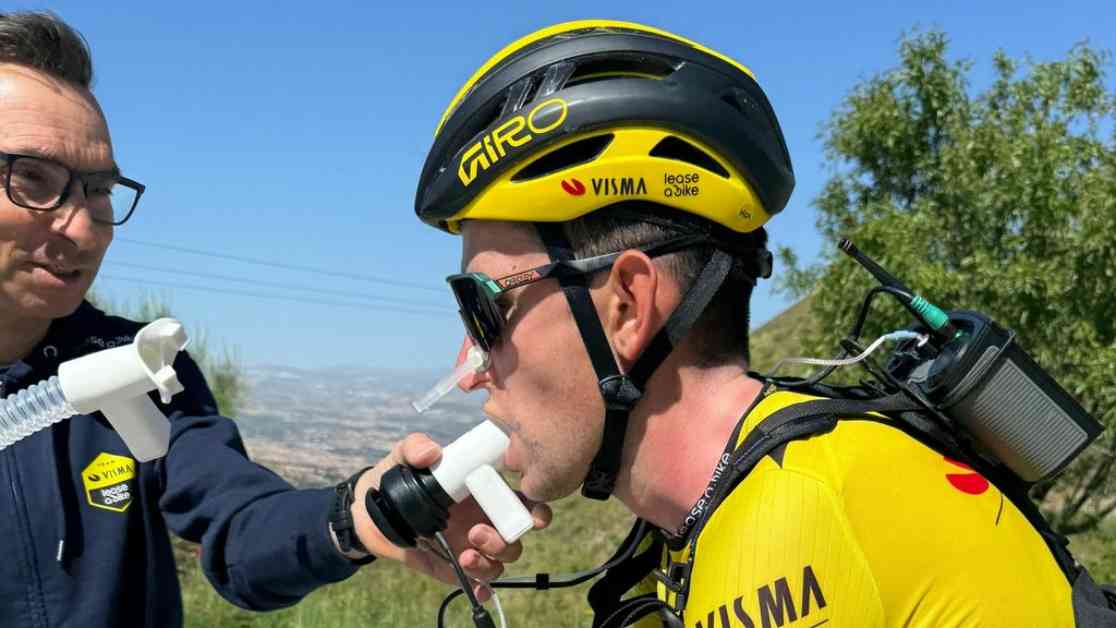Kjell To. Blix Salvesen. Show more
Offer ultrasound to all pregnant women by the ca. 12 weeks has been discussed in Norway for over 15 years. In Solbergregjeringens “Sundvolden declaration” from 2013 states that an offer of early ultrasound will not be introduced in Norway during this government.
In the same declaration is it that abortloven will not be modified. But in the ongoing regjeringsforhandlinger is abortloven a theme. Norwegian women hope for a new debate about early ultrasound? A debate around whether the Norwegian pregnant women under 38 years of age still should have to travel abroad to get taken early ultrasound and blood tests if they want to investigate whether the fetus is seriously ill, is on overtime.
Norway is in a unique position. today, Norway is one of the very few countries in Europe that do not offer early ultrasound (around week 12). The exception is for women over 38 years. NIPT (a blood test that analyzes fetal DNA in the mother’s blood) is only offered to women over 38 years who has been proven high risk for kromosomfeil after ultrasound and blood tests.
Many of the Norwegian women traveling to foreign countries to get the done so fosterdiagnostikk. There are no reliable statistics, but the impression is that the number is growing.
It is not immoral to want a healthy child Debate
Numbers from some Norwegian hospitals also show that the vast majority of pregnant women have been to the ultrasound before they convened to the free rutineultralyd at 18 weeks. Most of these private ultralydundersøkelser be carried out by the Norwegian health care professionals who are not certified for fosterdiagnostikk, and the quality of the surveys varies.
38 years is a random selected age limit set for the almost 40 years ago. In Report to the storting 73 in 1982, it was argued that women over 35 years should be offered fosterdiagnostikk, but the age limit was set at 38 years of kapasitetsgrunner by the Norwegian genetic laboratories.
It was decided that the scheme would last until further notice. In 1976 was 2 percent of all pregnant women over 38 years. In 2017 was 10 per cent of all pregnant women over 38 years, and 20 per cent of all pregnant women were above 35 years of age.
There has been an argument 38-year rule that the risk of giving birth to a child with Downs syndrome in women over 38 years corresponds to the risk of abortion by morkakeprøve and amniocentesis (approx. 1 per cent), while for younger women will abortrisikoen be greater than the risk of giving birth to a child with Downs syndrome.
” mean: Provide all pregnant women offered NIPT test Leads
This argument does not apply after the introduction of NIPT, because NIPT does not involve any abortrisiko by sampling. It is, therefore, good reason to reconsider the 38-year rule. The labour party has now said that they will go in for the 35-year limit, while the Right will keep the 38 year.
the Government has argued that there is not sufficient medical gains by early ultrasound, and that this is a resource – and prioriteringsspørsmål. The debate about the medical gains is complicated, but it is food for thought that most other countries have concluded differently than Norway. The argument about the priority and resources is mainly about whether all health care to pregnant women should be free (paid for by the government). It is not the most important issue at the early ultrasound.
the Problem is that instead should be debated, is that bioteknologiloven creates an artificial distinction between the ultrasound at 12 weeks and ultrasound at 18 weeks, although there is some difference in what is to be investigated at these times in pregnancy.
Where should the limit go for what women should have the right to know? Debate
If the purpose of early ultrasound is fosterdiagnostikk, such investigations regulated by the bioteknologiloven. The surveys can only be carried out at five university hospitals that have received approval of the ministry of Health.
Rutineultralyd at 18 weeks on the other hand, is offered to all pregnant women as part of the svangerskapsomsorgen and are exempt bioteknologiloven. The legislature has so regulated the purpose with the survey, not the survey.
This is an impossible distinction.
It is the same examination at 12 and 18 weeks. To see if it is twins, morkakas location, measure the fetus to determine the svangerskapslengde, and do a thorough review of fetal anatomy, ie. that one makes fosterdiagnostikk also at 18 weeks.
It is incomprehensible why it can be prohibited to examine the fetus in week 12 with fosterdiagnostikk that purpose, but not in week 18. If the fetus has kromosomfeil or other serious illnesses will woman still be able to choose to have an abortion even if this is discovered in week 18. But it would be better for all parties to discover this in week 12?
Take settlement with a separate party-leader: – Erna can thank themselves
Offer of early ultrasound to all pregnant women is a kostnadsspørsmål, and it is not certain that it is appropriate to offer it free to all. But this should not be used as an argument against them which puts into question why it should be illegal to perform fosterdiagnostikk in week 12 and not week 18 also for Norwegian pregnant women under 38 years.
My hope is that the debate around abortloven will open up for a broader debate on these issues, and not be a lid on the when a new government enters forhandlingslokalene.
According to Greek mythology, in nneholdt Pandora’s jar all the world’s ailments, but also hope. We work with fosterdiagnostikk examines the fetuses in the mother’s stomach. Our “Pandora’s jar” contains various methods to obtain information about the fetus in early pregnancy.
Some believe this threatens our perception of Norway as a society with room for everyone. But modern fosterdiagnostikk also offers hope to women who themselves will decide whether they will carry out a child with serious illness. Sector’s choices and the discussion about abortloven has opened fosterdiagnostikkens Pandora jar.








